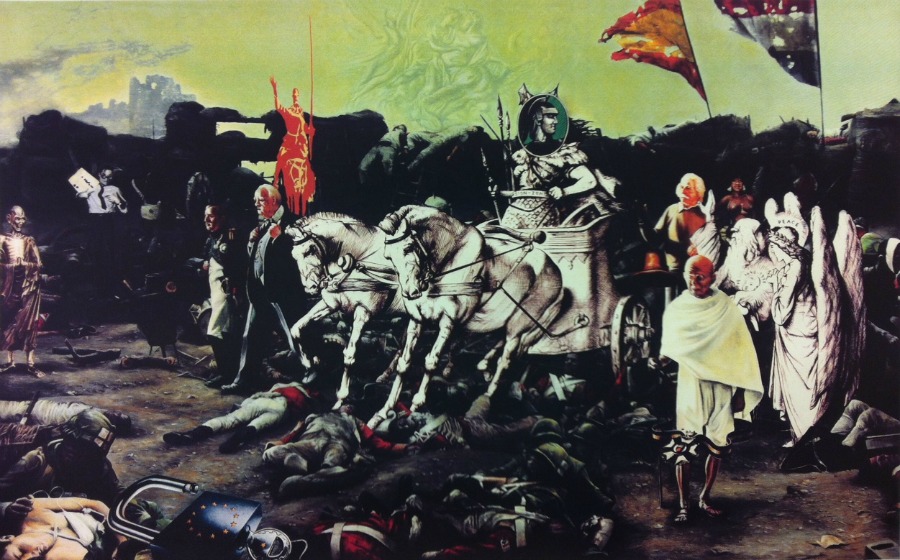Universal Development and the Aesthetic Dimensions of Marxism
DOI:
https://doi.org/10.58519/aesthinv.v1i2.11994Keywords:
Beauty, Artistic Development, Aesthetics, MarxAbstract
The paper explores some of the underappreciated aesthetic dimensions of Marx's writings by beginning with a brief criticism of the two interpretative positions which tend to dominate such discussions. The first is a form of crude determinism which reduces art and all other 'superstructural' forms to ideological expressions of the social relations with which they are bound-up. The second reading is based upon a romantically conceived emphasis upon Marx's earlier works at the extense of later insights. What both of these views ignore to differing degrees is the developmental philosophy which lies behind Marx's claims about aesthetics. Our interpretation regards Marxism as an emancipatory project predicated upon the creation of the conditions necessary for the free and full realization of each and every individual. The cultivation of one's creative capacities and aesthetic sensibilities is an essential component of what Marx refers to as a 'totally developed individual'. This is why he emphasized that the 'general reduction of necessary labour' to a minimum in a socialist society would, at the same time, correspond with the 'artistic, scientific, etc., development of the individiuals in the time set free, and with the means created, for all of them'. Hence, in a 'communist society', wrote Marx and Engels, 'there are no painters, but only people who engage in painting among other activities'. Marx, Aesthetics, Artistic Development, BeautyDownloads
Published
Issue
Section
License

This work is licensed under a Creative Commons Attribution 4.0 International License.
Authors who publish with this journal agree to the following terms:
Authors retain copyright and grant the journal right of first publication with the work simultaneously licensed under a Creative Commons Attribution License that allows others to share the work with an acknowledgement of the work's authorship and initial publication in this journal. Note: up to volume 4 issue 1, an incorrect copyright line appears in the PDFs of the articles.
Authors are able to enter into separate, additional contractual arrangements for the non-exclusive distribution of the journal's published version of the work (e.g., post it to an institutional repository or publish it in a book), with an acknowledgement of its initial publication in this journal.
Authors are permitted and encouraged to post their work online (e.g., in institutional repositories or on their website) prior to and during the submission process, as it can lead to productive exchanges, as well as earlier and greater citation of published work (See The Effect of Open Access).






